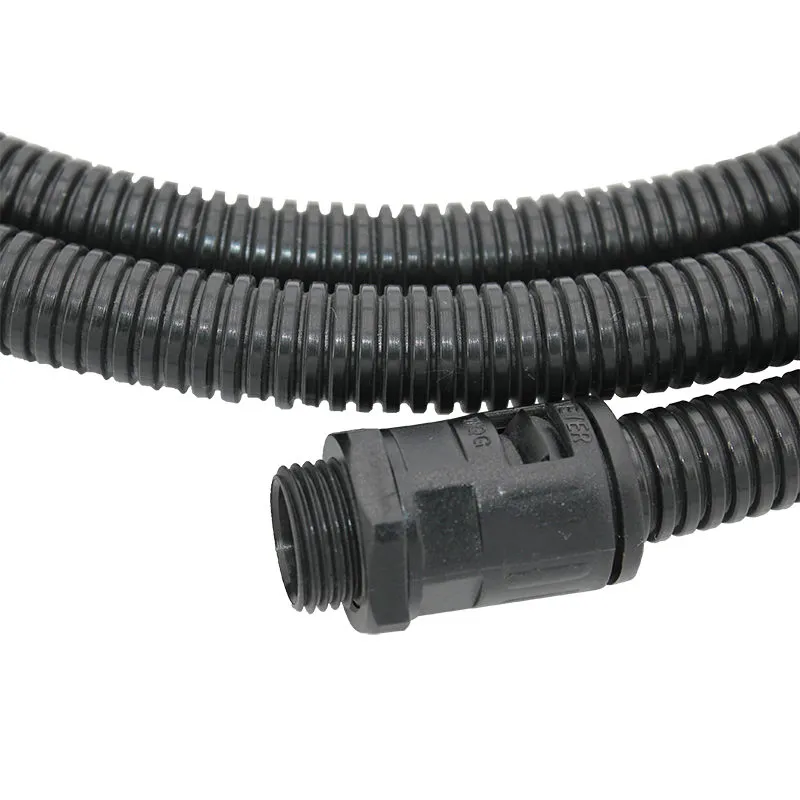drag chain for cnc
Understanding Drag Chains for CNC Applications
In the world of CNC (Computer Numerical Control) machining, maintaining optimal performance and efficiency is paramount. One often overlooked component that plays a vital role in this realm is the drag chain. Drag chains, also known as cable carriers or energy chains, are essential for guiding and protecting cables and hoses in various machinery, including CNC machines. This article delves into the significance of drag chains, their types, and their applications in CNC environments.
What is a Drag Chain?
A drag chain is a flexible, modular system designed to organize and protect moving cables and hoses. It consists of links that are interconnected, forming a path for the cables to travel along. As CNC machines are subject to repetitive movement, implementing drag chains ensures that cables and hoses are managed effectively, minimizing wear and tear, reducing the risk of tangling, and preventing damage from external factors.
Why Use Drag Chains?
1. Protection of Cables One of the primary reasons for using drag chains is to protect cables from mechanical stress, abrasion, and environmental factors. By encasing cables within a drag chain, operators can prevent premature wear, ensuring longer service life and reducing maintenance costs.
2. Organization CNC machines often use a variety of cables, including power supply lines, data cables, and coolant hoses. Drag chains help in organizing these cables, reducing clutter and potential safety hazards in the workspace.
3. Flexibility and Mobility With CNC machines performing complex movements, drag chains are designed to accommodate various motion patterns. They can effortlessly handle bending, twisting, and lateral movement, promoting efficient and uninterrupted operation.
4. Ease of Installation Drag chains are modular and can be easily assembled according to the specific needs of the CNC setup. This adaptability allows for quick installation and reconfiguration as machine requirements evolve.
drag chain for cnc

Types of Drag Chains
There are several types of drag chains available, each suited for different applications
- Plastic Drag Chains Lightweight and cost-effective, these chains are ideal for lighter-duty applications and environments where resistance to chemicals and corrosion is necessary.
- Metal Drag Chains More durable and robust, metal drag chains can withstand higher loads and harsh conditions. They are typically used in heavy-duty CNC applications where strength and longevity are critical.
- Open and Closed Drag Chains Open drag chains allow for easy access and installation of cables, while closed drag chains provide complete enclosure for maximum protection. The choice between these types depends on the specific requirements of the CNC operation.
Applications in CNC
Drag chains are employed in numerous CNC applications, including milling, laser cutting, and 3D printing. In CNC milling machines, for example, drag chains protect electrical and pneumatic lines while allowing the tool to move smoothly along its designated paths. In laser cutting, they keep the necessary cables organized, preventing disruptions that could lead to errors in production.
Conclusion
In conclusion, drag chains play a crucial role in enhancing the efficiency and longevity of CNC machines. They protect vital cables and hoses, promote safe organization, and allow for flexible motion in complex environments. As CNC technology continues to evolve, the importance of integrating effective drag chain systems into machinery will only grow. By investing in high-quality drag chains tailored to specific applications, manufacturers can ensure their CNC operations remain smooth, efficient, and reliable.








